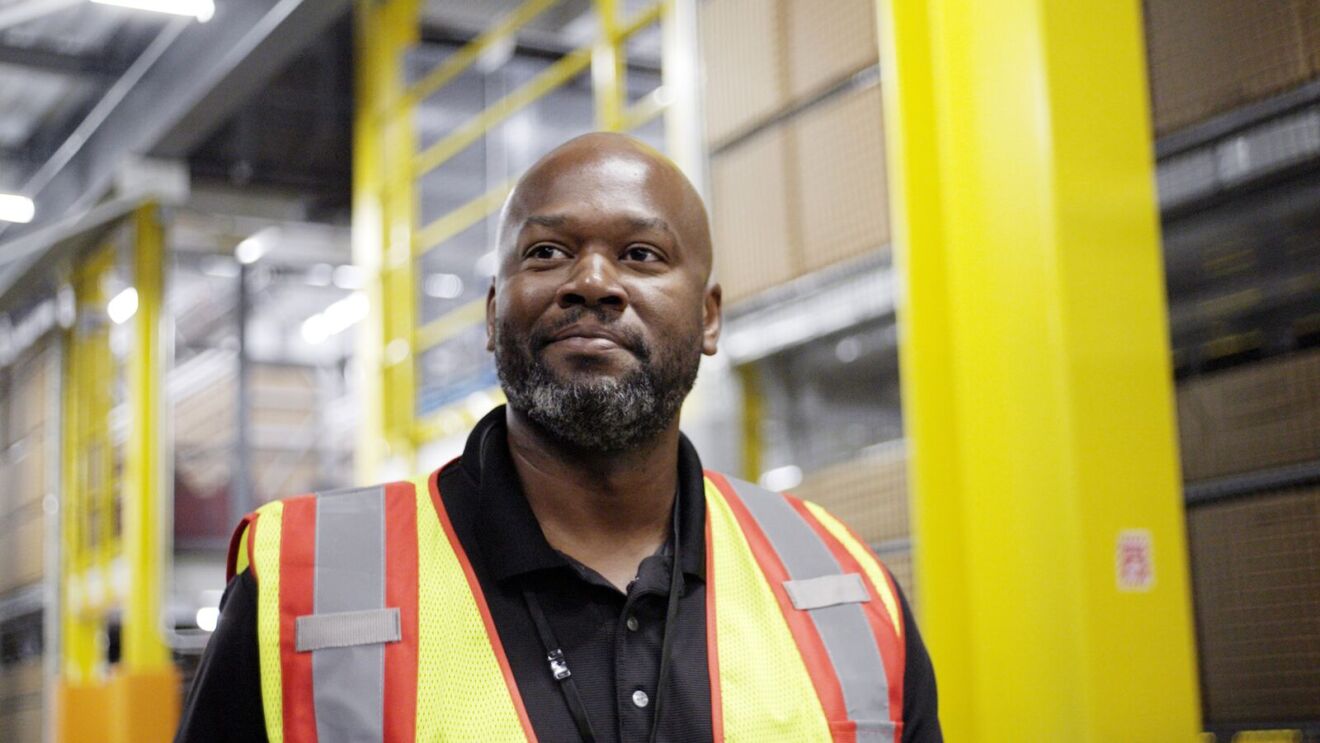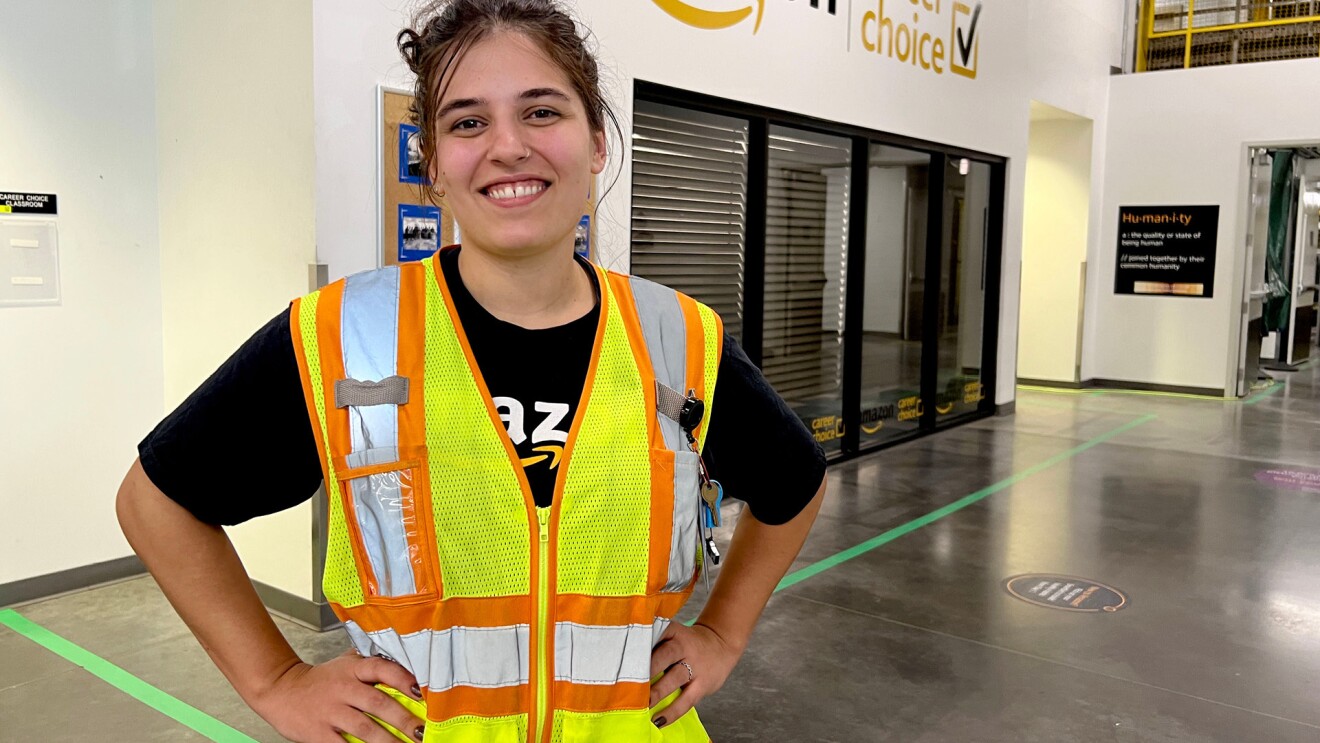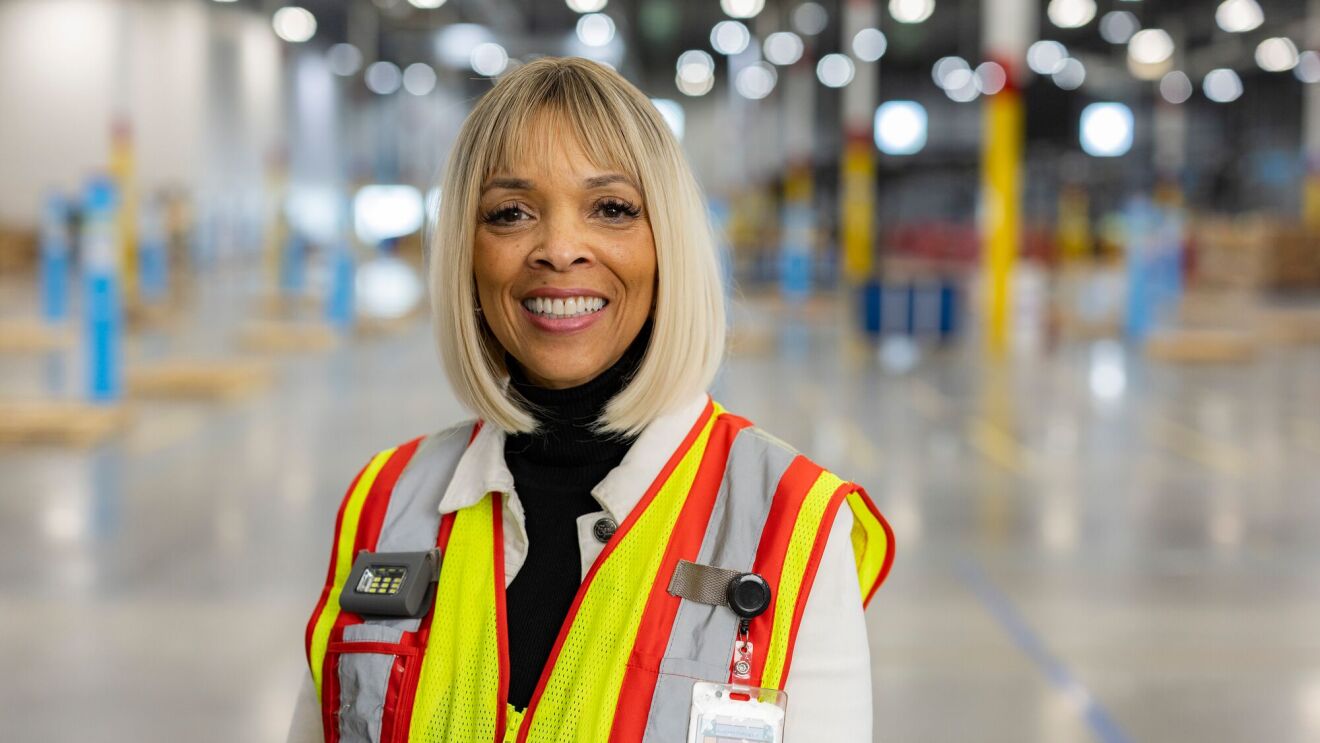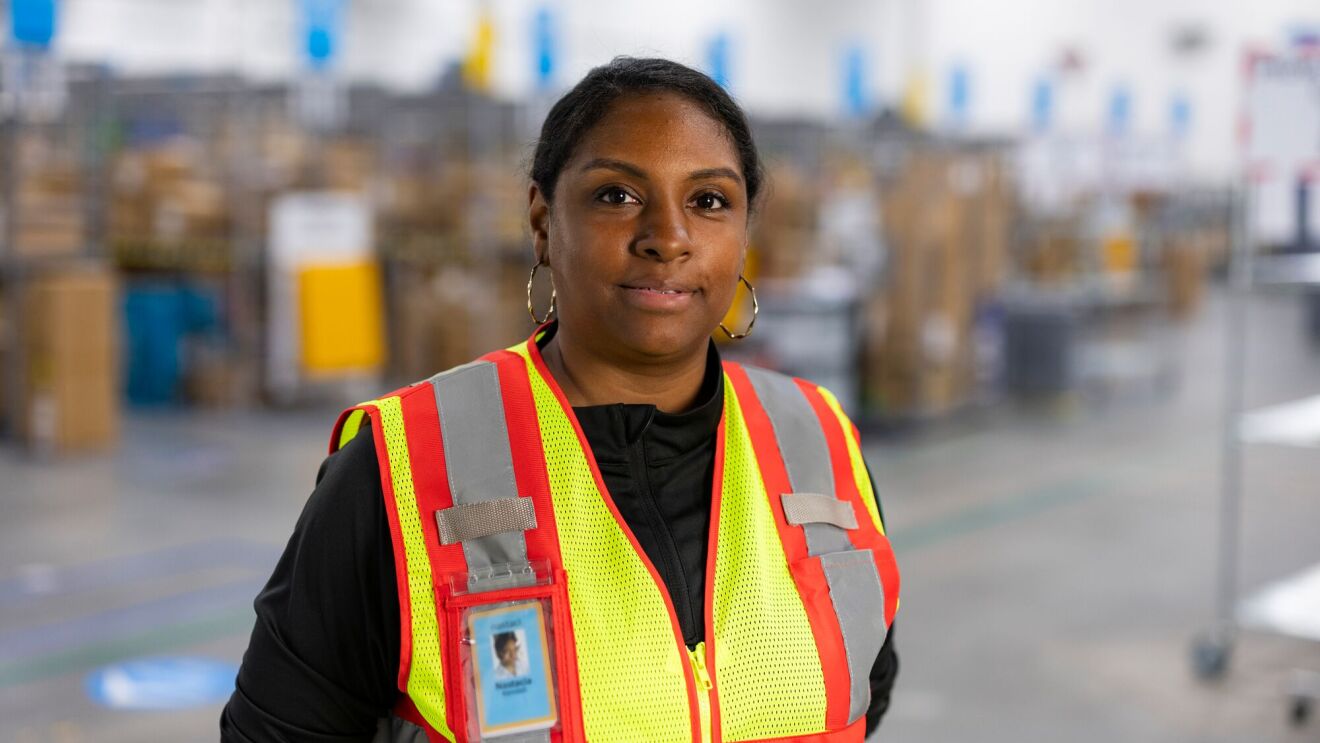The message below was shared with Amazon employees today.
It’s hard to believe, but it’s been nearly three years since the pandemic began, and we recommended that all our employees who were able to work from home do so. We subsequently updated guidance a few times, with the last guidance (in the second half of 2021) being that Director-level leaders would decide for their teams where they’d work, and we’d experiment for the next chunk of time.
Because the pandemic lasted as long as it did, we were able to observe various models—some teams working exclusively from home, some in the office full-time together, and many flavors of hybrid—over a meaningful period of time. S-team listened to employees, watched how our teams performed, talked to leaders at other companies, and got together on several occasions to discuss if and how we should adjust our approach. The guiding principle in these conversations was to prioritize what would best enable us to make customers’ lives better and easier every day, and relentlessly invent to do so. Our respective views of what we thought was optimal evolved as the pandemic wore on and then eased.
Here are a few things we observed:
- It’s easier to learn, model, practice, and strengthen our culture when we’re in the office together most of the time and surrounded by our colleagues. It’s especially true for new people (and we’ve hired a lot of people in the pandemic); but it’s also true for people of all tenures at Amazon. When you’re in-person, people tend to be more engaged, observant, and attuned to what’s happening in the meetings and the cultural clues being communicated. For those unsure about why something happened or somebody reacted a certain way, it’s easier to ask ad-hoc questions on the way to lunch, in the elevator, or the hallway; whereas when you’re at home, you’re less likely to do so. It’s also easier for leaders to teach when they have more people in a room at one time, can better assess whether the team is digesting the information as intended; and if not, how they need to adjust their communication. Of course, there will be plenty of meetings that will have significant virtual participation, but having more in-person interactions helps people absorb the culture better. Our culture has been one of the most critical parts of our success the first 27 years, and I expect it will be in our next 27+ years as well. Strengthening it further is a top priority for the s-team and me.
- Collaborating and inventing is easier and more effective when we’re in person. The energy and riffing on one another’s ideas happen more freely. In the more productive brainstorm sessions I’ve been a part of over the years, people get excited and blurt out new ideas or improvements to prior proposals, quickly advancing the seed of an idea, and leading to the broader group getting energized and feeling that it’s onto something. This rapid interjecting happens more often in-person because people feel less inhibited about jumping in or even interrupting sometimes. This interjecting happens less frequently in virtual calls because it blocks out all speakers when it transpires. Also, teams working on new ideas often find that a whiteboard enhances the group understanding and iterating. And, a lesser-known fact is that some of the best inventions have had their breakthrough moments from people staying behind in a meeting and working through ideas on a whiteboard, or walking back to an office together on the way back from the meeting, or just popping by a teammate’s office later that day with another thought. Invention is often sloppy. It wanders and meanders and marinates. Serendipitous interactions help it, and there are more of those in-person than virtually
- Learning from one another is easier in-person. Being able to walk a few feet to somebody’s space and ask them how to do something or how they’ve handled a particular situation is much easier than Chiming or Slacking them. Even though people can use the instant message function, people just don’t do it frequently. This apprenticeship and learning model has been the primary reason a lot of companies who’ve returned to the office have done so. We have a lot of functions and roles where learning from peers is very useful and critical. And, our newer employees, especially those who have joined us in the past few years, stand to be most disadvantaged by not having the learning and mentorship opportunities from peers that many of us who joined much earlier had. Making sure employees develop and grow in the company is not only obviously important for them and their careers, but also critical to our ability to deliver for customers and the business.
- Teams tend to be better connected to one another when they see each other in person more frequently. There is something about being face-to-face with somebody, looking them in the eye, and seeing they’re fully immersed in whatever you’re discussing that bonds people together. Teams tend to find ways to work through hard and complex trade-offs faster when they get together and map it out in a room.
These are just a few examples, but they’re important ones with respect to our overriding priority to deliver for customers and the business. And ultimately, they’ve led us to conclude that we should go back to being in the office together the majority of the time (at least three days per week). We made this decision at a s-team meeting earlier this week, and for a number of reasons (including the adjustments I know will be required for some of our employees), I wanted to share with you as early as I could even though we haven’t worked out all the execution details yet. Of course, as there were before the pandemic, there will still be certain roles (e.g. some of our salespeople, customer support, etc.) and exceptions to these expectations, but that will be a small minority. We plan to implement this change effective May 1.
It’s not simple to bring many thousands of employees back to our offices around the world, so we’re going to give the teams that need to do that work some time to develop a plan. We know that it won’t be perfect at first, but the office experience will steadily improve over the coming months (and years) as our real estate and facilities teams smooth out the wrinkles, and ultimately keep evolving how we want our offices to be set up to capture the new ways we want to work. I know people will have questions about how this change will be implemented. We’ll be finalizing those details in the coming weeks, so please check Inside Amazon for those updates.
I’m also optimistic that this shift will provide a boost for the thousands of businesses located around our urban headquarter locations in the Puget Sound, Virginia, Nashville, and the dozens of cities around the world where our employees go to the office. Our communities matter to us, and where we can play a further role in helping them recover from the challenges of the last few years, we’re excited to do so.
I know that for some employees, adjusting again to a new way of working will take some time. But I’m very optimistic about the positive impact this will have in how we serve and invent on behalf of customers, as well as on the growth and success of our employees.
Andy









